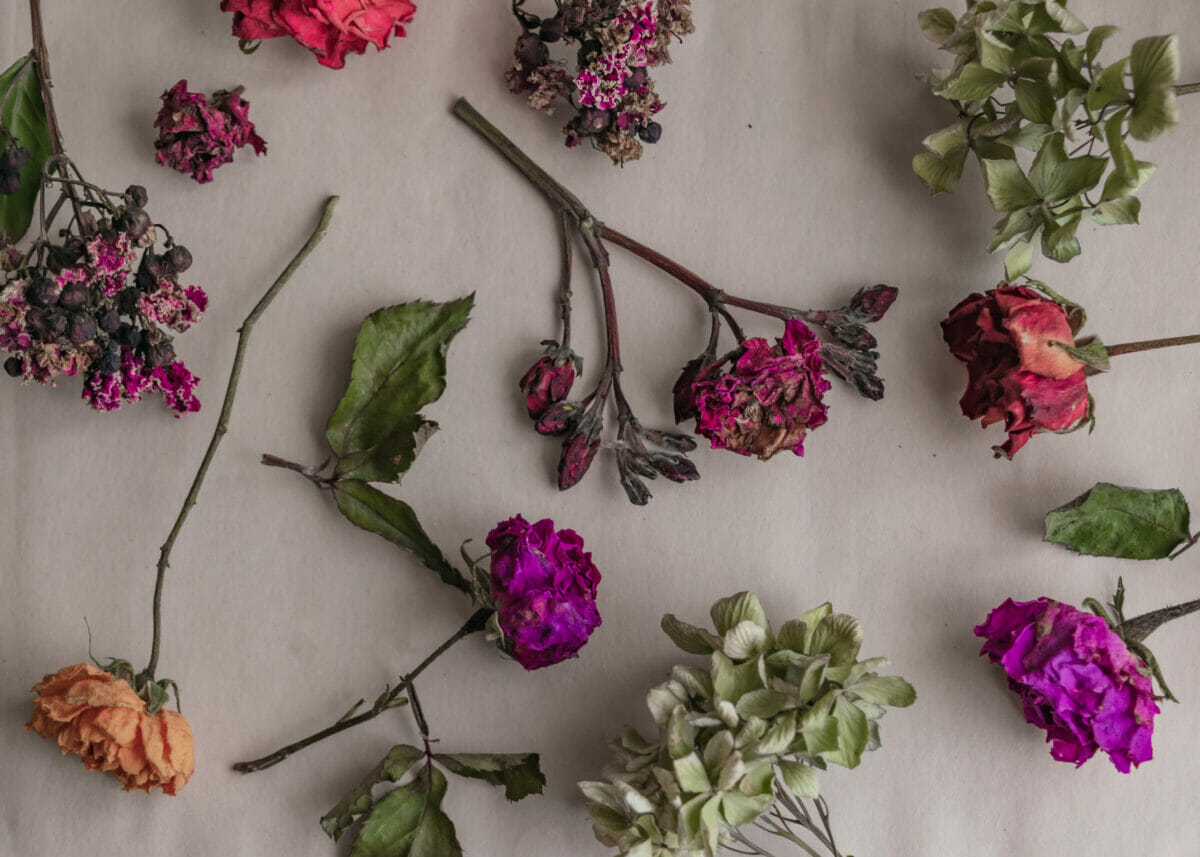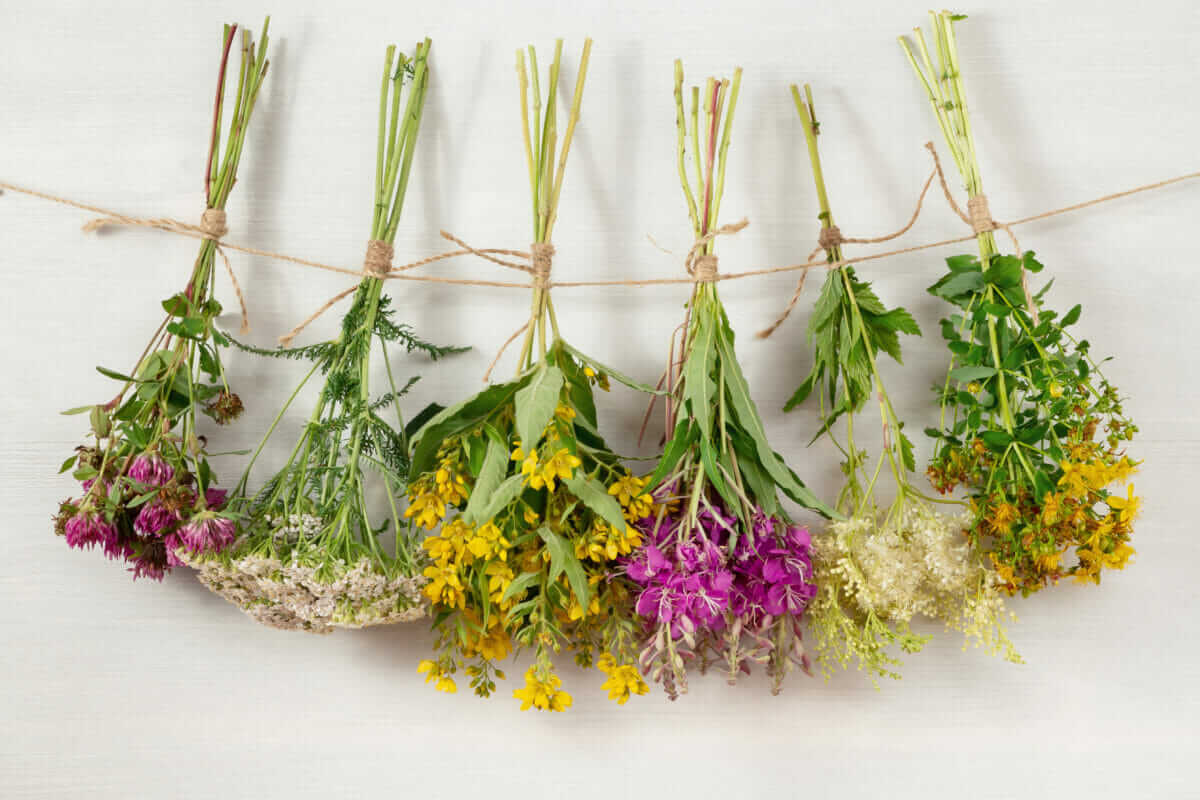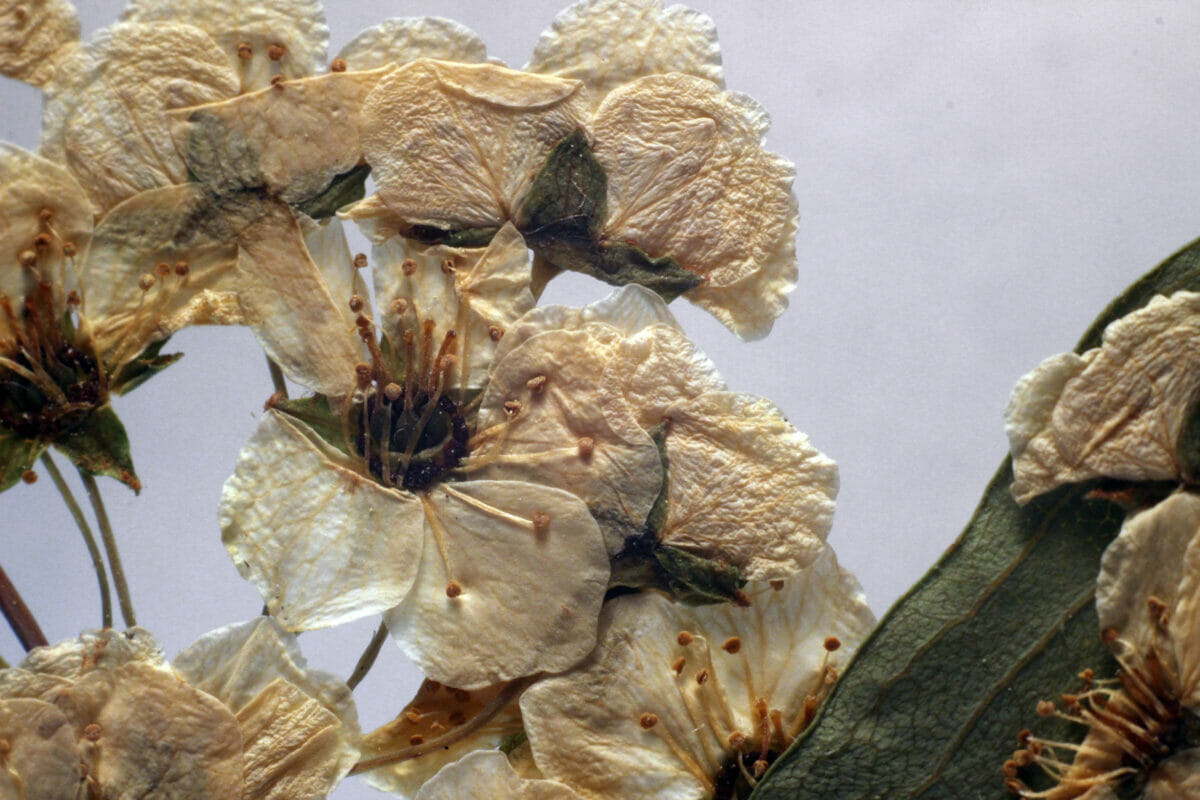How to Preserve Your Own Flowers
Display your summer and fall blooms all year long.
How to Preserve Your Own Flowers
Display your summer and fall blooms all year long.

Follow these three methods of drying and preserving flowers.by Jessica Pichardo, Shutterstock.
I love always having a jar full of fresh flowers in my space, from fluffy hydrangeas to delicate peonies to fiery birds of paradise—especially when they’re snipped from my family’s garden. Alas, these bouquets are fleeting, but it is possible to extend flowers’ beauty by drying them.
Here are three ways to preserve your backyard or cutting garden’s floral bounty or that of your local CSA, farmers market or florist. You’ll have flowers even in the colder months, and it will save you a little money on arrangements, too.
Remember, with so many different flowers and climates, you may need to test out and tweak which method works best for different types of blooms and, of course, which you enjoy most.

Air Drying
The simplest way of drying flowers is to hang and air dry them. Flowers that work well for air drying are those with strong stems and a low water content. Some good candidates include Acroclinium, baby’s breath, bachelor’s button, Bells of Ireland, cockscomb, globe amaranth, larkspur, sea lavender, statice, strawflower and arrow. Many grasses, such as pampas, and plants, such as cattails, also air dry well and look great in dried arrangements.
You can harvest flowers for drying any time during the growing season, although you’ll want to pick blooms before they’re fully open, as they’ll continue opening during the drying process. Ideally, cut the flowers on a sunny morning after the dew has dried. Make sure to collect more than you think you need as you’ll likely lose some—they’ll shrink during the drying process, too. Leave at least five to eight inches of stem, and consider putting your stash of just-cut flowers in water to keep them from wilting as you continue to pick additional flowers.
Once you’ve gathered your haul, remove all leaves and foliage from the stems. Then, tie a couple together (and more for smaller, delicate flowers like baby’s breath) with a string or a rubber band. You may need to lend flowers that have very fine stems a little extra support by adding wire to the stems. In a space that’s warm, dry and gets good air circulation—such as an attic, garage, shed or barn—hang the floral bundles upside down from hooks or on a clothesline. Avoid placing flowers in the direct sun, though, as that will zap their color. Flowers will usually dry in two to three weeks, but check on them earlier if you live in a particularly hot climate.

Drying Agents
Some flower preservers prefer drying flowers with a desiccant, or drying agent, such as sand, borax or silica gel. Using these materials can help retain the color and shape of flowers better, and it will dry plants more quickly than air drying (think: a couple of days versus a few weeks). Flowers that dry well using this method include: annual larkspur, dahlias, delphinium, marigolds, plumed celosia, roses, salvia and zinnias.
To dry flowers with any of these desiccants, the general method involves carefully burying blooms in the drying agent inside of a container.
Silica gel, commonly found at craft stores, is effective and reusable many times over. It’s not actually a gel but a granulated substance. It should not be eaten or ingested, and make sure not to reuse containers that housed the gel to store food.
In the bottom of a shallow, flat-bottomed, airtight container, spread a one-inch thick layer of silica. Place the flowers on top of the silica, then carefully pour more silica in over the blooms until they are completely covered (careful not to crush them!). Seal the container and leave anywhere from three days to a week. Check every few days and gently remove them when they’re dry but before they get too brittle.
For an even speedier drying process, you can use the microwave after preparing the flowers and silica as in the previous method. Just make sure your container is oven-safe, and don’t use the cover while you cook. Time required varies based on the flower, but you can microwave for one to three minutes, checking the petal progress often. Once they’re dry, cover the container, leaving the lid cracked slightly, and leave the flowers in the container for at least a day and up to two days.

Pressing Flowers
Like hang drying, pressing flowers is another natural method of preserving blooms. You can frame pressed flowers, add them to stationery, use them as bookmarks or in garlands. Flowers with flatter structures, such as pansies, geraniums and daisies, are easiest to press. While you can buy a special flower press, an easy, common method is to place small flowerheads between sheets of newspaper or wax paper in the middle of a hefty volume such as an encyclopedia—or old college textbook—and place more books or weighted materials on top. Check them in the first 24 to 48 hours to make sure there’s no excess moisture, which could lead to mold, and then weekly; if they’re not yet dry, change the paper and return them to pressing.
You can also use the microwave here! Take the book and put it in the microwave oven, checking it in 30-to-60-second increments until dry. Once almost dry, let the flowers stay in the book for a day or two. You can also fashion a microwavable press out of two, non-metallic ceramic tiles, sandwiching the flowers in between paper towels, with the tiles on the outside, and secured with rubber bands. Again, microwave for short bursts, making sure flowers are dry and tiles are cool enough to handle before you remove them from the oven, and then finish the flowers off with the book method for a couple days.
How to Care for and Store Dried Flowers
Dried flowers aren’t mirror copies of their fresh counterparts, and they will have darkened or changed colors and diminished size. They also sadly also won’t last forever. Once you’ve gone through the work of preserving your tiny blossoms or grand bouquets, there are a couple of things you can do to keep them looking great for longer.
You can try spraying your finished dried flowers with hairspray or acrylic spray to further protect them from crumbling.
You’ll also want to keep them out of direct sunlight to keep them from fading, lightly dust them to keep them clean and keep them away from heaters, too.
If you’re not displaying them, prevent your dried beauties from getting crushed by putting them in a tight-fitting container that won’t let in excess moisture or insects.
And remember: There’s always next season to repeat the whole process again.
Follow us
This work is licensed under a Creative Commons Attribution-NoDerivatives 4.0 International License.
Want to republish a Modern Farmer story?
We are happy for Modern Farmer stories to be shared, and encourage you to republish our articles for your audience. When doing so, we ask that you follow these guidelines:
Please credit us and our writers
For the author byline, please use “Author Name, Modern Farmer.” At the top of our stories, if on the web, please include this text and link: “This story was originally published by Modern Farmer.”
Please make sure to include a link back to either our home page or the article URL.
At the bottom of the story, please include the following text:
“Modern Farmer is a nonprofit initiative dedicated to raising awareness and catalyzing action at the intersection of food, agriculture, and society. Read more at <link>Modern Farmer</link>.”
Use our widget
We’d like to be able to track our stories, so we ask that if you republish our content, you do so using our widget (located on the left hand side of the article). The HTML code has a built-in tracker that tells us the data and domain where the story was published, as well as view counts.
Check the image requirements
It’s your responsibility to confirm you're licensed to republish images in our articles. Some images, such as those from commercial providers, don't allow their images to be republished without permission or payment. Copyright terms are generally listed in the image caption and attribution. You are welcome to omit our images or substitute with your own. Charts and interactive graphics follow the same rules.
Don’t change too much. Or, ask us first.
Articles must be republished in their entirety. It’s okay to change references to time (“today” to “yesterday”) or location (“Iowa City, IA” to “here”). But please keep everything else the same.
If you feel strongly that a more material edit needs to be made, get in touch with us at [email protected]. We’re happy to discuss it with the original author, but we must have prior approval for changes before publication.
Special cases
Extracts. You may run the first few lines or paragraphs of the article and then say: “Read the full article at Modern Farmer” with a link back to the original article.
Quotes. You may quote authors provided you include a link back to the article URL.
Translations. These require writer approval. To inquire about translation of a Modern Farmer article, contact us at [email protected]
Signed consent / copyright release forms. These are not required, provided you are following these guidelines.
Print. Articles can be republished in print under these same rules, with the exception that you do not need to include the links.
Tag us
When sharing the story on social media, please tag us using the following: - Twitter (@ModFarm) - Facebook (@ModernFarmerMedia) - Instagram (@modfarm)
Use our content respectfully
Modern Farmer is a nonprofit and as such we share our content for free and in good faith in order to reach new audiences. Respectfully,
No selling ads against our stories. It’s okay to put our stories on pages with ads.
Don’t republish our material wholesale, or automatically; you need to select stories to be republished individually.
You have no rights to sell, license, syndicate, or otherwise represent yourself as the authorized owner of our material to any third parties. This means that you cannot actively publish or submit our work for syndication to third party platforms or apps like Apple News or Google News. We understand that publishers cannot fully control when certain third parties automatically summarize or crawl content from publishers’ own sites.
Keep in touch
We want to hear from you if you love Modern Farmer content, have a collaboration idea, or anything else to share. As a nonprofit outlet, we work in service of our community and are always open to comments, feedback, and ideas. Contact us at [email protected].by Sophia F. Gottfried, Modern Farmer
September 25, 2021
Modern Farmer Weekly
Solutions Hub
Innovations, ideas and inspiration. Actionable solutions for a resilient food system.
ExploreExplore other topics
Share With Us
We want to hear from Modern Farmer readers who have thoughtful commentary, actionable solutions, or helpful ideas to share.
SubmitNecessary cookies are absolutely essential for the website to function properly. This category only includes cookies that ensures basic functionalities and security features of the website. These cookies do not store any personal information.
Any cookies that may not be particularly necessary for the website to function and are used specifically to collect user personal data via analytics, ads, other embedded contents are termed as non-necessary cookies.